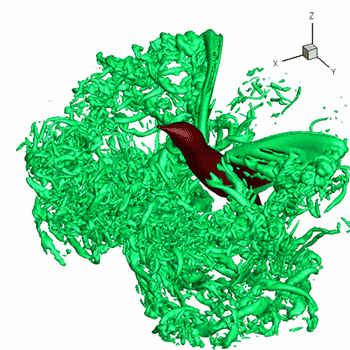How do you sketch the general shape of f(x)=-x^3+x^2+1f(x)=−x3+x2+1 using end behavior?
1 Answer
The end behavior of the function is:
As
As
Explanation:
If the degree is even, the ends of the graph point in the same direction. If the leading coefficient of an even degree is positive, the ends point up. If the leading coefficient is negative, the ends point down.
Even degree, positive leading coefficient:
As
As
Even degree, negative leading coefficient:
As
As
If the degree is odd, the ends of the graph point in opposite directions. If the leading coefficient of an odd degree is positive, the ends of the graph point down on the left and up on the right. If the leading coefficient is negative, the ends of the graph point up on the left and down on the right.
Odd degree, positive leading coefficient:
As
As
Odd degree, negative leading coefficient:
As
As
In the case of
So, the end behavior of the function is:
As
As
The graph of the function looks like:
graph{-x^3+x^2+1 [-10, 10, -5, 5]}

